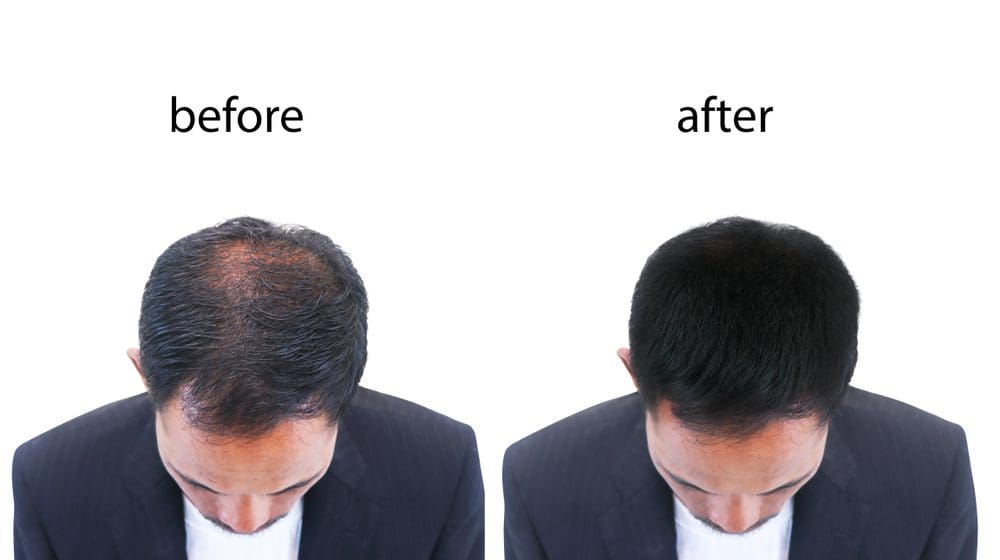Hair transplants are mainly used to restore hair if you’re balding or thinning naturally due to male baldness. Transplants also can help men who have lost hair after an injury, but they’re not as effective for treating men who’ve suffered hair loss due to chemotherapy or other medications. Hair transplants can’t fix medical conditions like alopecia areata and alopecia universalis, which can cost you either small patches or all your hair.
The culprit in male hair loss is a modified form of testosterone. Hair follicles on the scalp under attack from the hormone called dihydrotestosterone (DHT) gradually produce hair that is shorter, smaller in diameter and lighter in color. Eventually the follicles stop producing hair completely.
See your doctor for a diagnosis.
There are different treatments for different types of hair loss, and a diagnosis from your doctor can help you find the best options and alternatives. That’s good news when you consider that hair transplants are expensive. Hair transplants can range from about $4,000 to $15,000 per session. Health insurance won’t pay for hair transplants in most cases since it is considered a cosmetic procedure. Medications and down time needed after the transplant may also add to the final cost.
Understanding the underlying cause of hair loss can help you keep your hair and avoid hair transplants.
There are ways to slow the loss of hair and delay a hair transplant. Eating the right food that contains enough protein, iron, zinc and B12 will help keep hair healthy. Shampoos formulated to give you a clean scalp and unclog follicles can also help promote hair growth. Stress causes hair loss, so reducing your anxiety levels can help promote a head of luscious locks.
Are you ready for the big day?
There are two different methods of transplanting hair: follicular unit extraction (FUE) and follicular unit transplantation (FUT). Follicular unit extraction is the more modern approach and leaves patients with less obvious scarring. The FUE method takes individual hair follicles from the patient’s donor area and uses a specialist micro surgical needle to transplant them. The donor area usually is the back of the neck.
The older follicular unit transplantation method would remove strips of tissue from the donor area. The doctor would cut the strips into individual follicular units and then make tiny cuts in the scalp for these grafts.
With both FUE and FUT surgery, you can expect the transplanted hair typically to fall out within two to three weeks after surgery. New growth should be noticeable within a few months. After six to nine months, most people will see 60% of their new hair growth.
Finding the right surgeon.
If you’ve decided that you want to take the route of getting a hair transplant, start your search for a hair transplant surgeon by visiting the American Academy of Plastic Surgeons website. Read the reviews, look for a licensed, certified surgeon and ask to see a portfolio of your candidate’s transplant procedure before and after photos.
The photo below is an example of someone four months after treatment.







